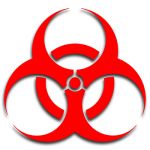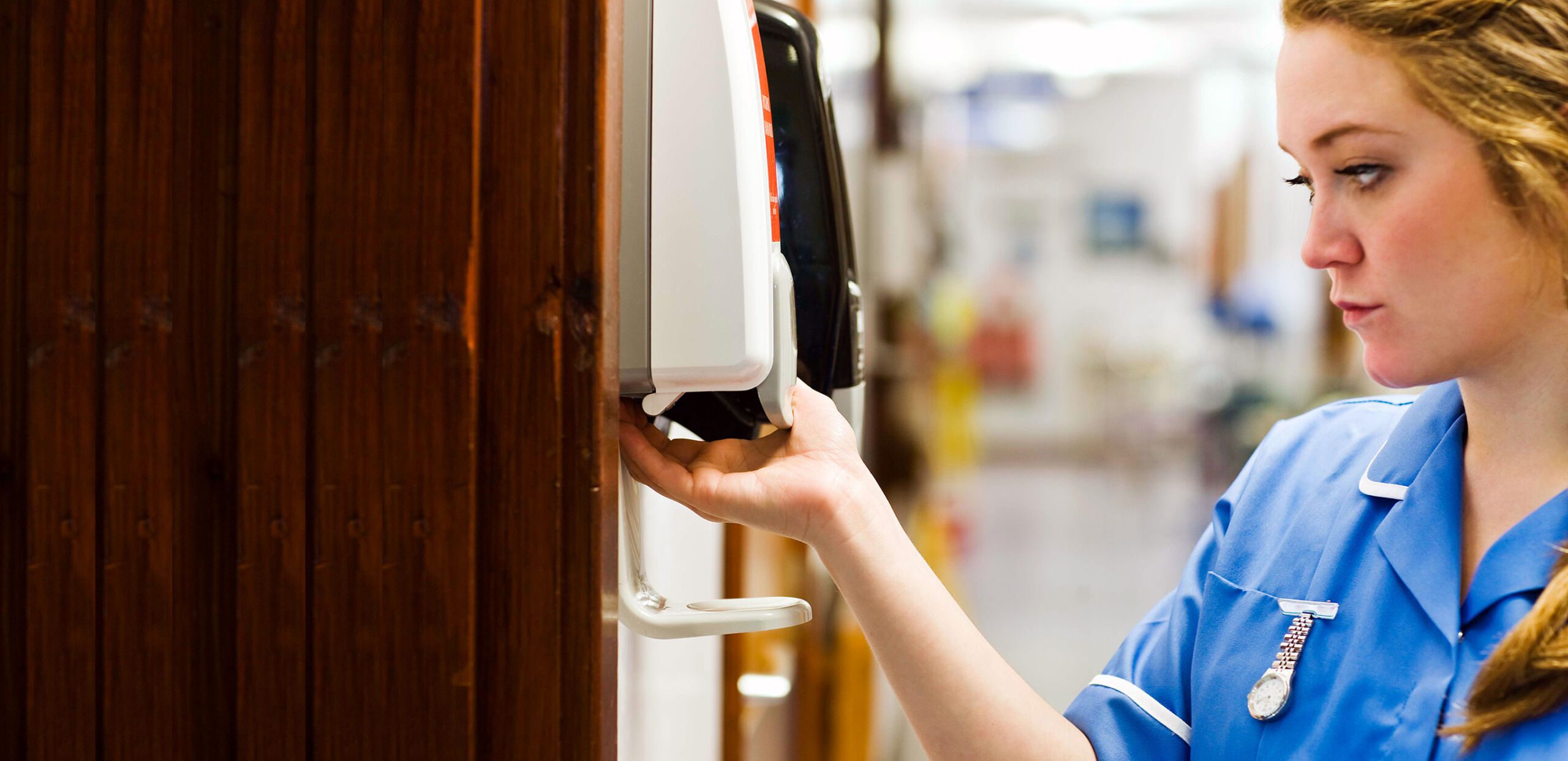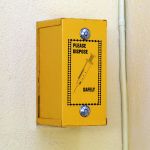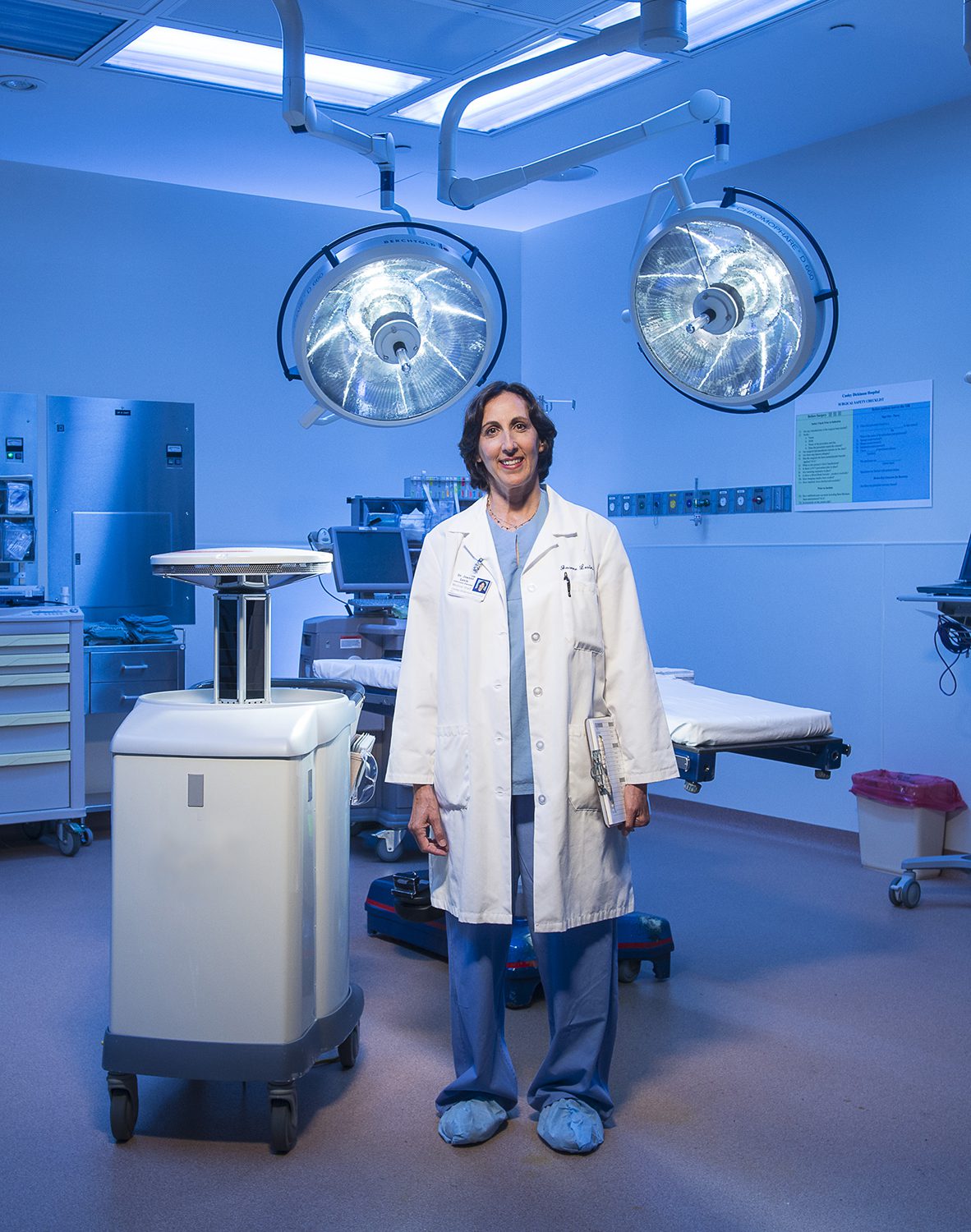
Infection Prevention
Cooley Dickinson Hospital takes every precaution to ensure the lowest possible risk of patient infection in the hospital and at all of its Medical Group practices, labs and other locations. At Cooley Dickinson Hospital, particular attention is paid to perpetual monitoring and implementation of improvement efforts, and we typically report exceptionally low infection rates (60-70 infections out of more than 9,000 admissions, or less than 1%). Hospital-acquired infections are nonetheless a serious concern in every medical, surgical and birthing environment, and Cooley Dickinson employs every tool at its disposal to continue to minimize risk, including:
Things we do to prevent you from getting an infection:
- Electronic Hand Hygiene Monitoring: Hand cleaners and sanitizers in patient care areas are equipped with electronic counters which record the number of times they are used during the course of a shift. These numbers are then correlated electronically with information on unit type, staffing and patient volume and used to monitor the efficacy of our hand hygiene initiatives. Cooley Dickinson was an early adopter of this groundbreaking technology, and published an instructional article to help assist other health care organizations in its implementation.
- Preventing Surgical Site Infections: We have teams of surgeons, nurses, scrub techs, quality and infection prevention staff who review the latest literature and best practices and improve care for surgical and birthing patients. We also have new, state-of-the-art operating suites and a central sterile supply department that provide the safest possible environment for our patients, including daily disinfection of ORs and other areas with ultraviolet light.
- Preventing Foley Catheter Infections: Cooley Dickinson has a No Harm Team that compiles the skills and talents of staff nurses, physicians, quality and infection prevention professionals that has established education modules for all staff who care for patients with Foley catheters. Hands-on training and new insertion kits are two efforts that have proven effective at lowering infection risk for these patients.
- Preventing Central Line-associated Bloodstream Infections: We have implemented bundles of best practices during insertion and for ongoing care of the lines, which are used in chemotherapy, dialysis treatment and long-term intravenous nutrient and medication delivery.
- Staff Immunization: Cooley Dickinson also regards the responsibility of its staff to contribute to infection prevention efforts as a serious requisite of their positions. We require that all staff be vaccinated annually for influenza (“flu”) virus, that they be immunized against measles, mumps and rubella, and that staff who work with infants are additionally immunized against pertussis (whooping cough). Staff who have not been immunized for flu are required to wear surgical masks during the flu season.
Things we do to ensure a safe environment:
- Ultraviolet Light Disinfection: We use pulsed UV light to disinfect operating suites, patient rooms and other clinical areas daily. See the spotlight section below to learn more about this important, innovative technology.
- Air and Water monitoring: We monitor our air and water quality on a regular basis and have a detailed plan to prevent infections.
- Safety Rounds: An interdisciplinary team drawn from our Infection Prevention, Security, Maintenance and Environmental Services departments performs weekly safety rounds in collaboration with the Northampton Fire Department, to inspect both clinical and non-clinical areas.
- Drills: We perform an annual mass immunization drill that both quickly immunizes the bulk of our staff against annual influenza virus and serves as a mobilization drill for emergency capacity testing in an infection/outbreak scenario.
Resources for Infection Prevention and Public Health
- The Massachusetts Department of Public Health is a good resource for many common questions about a broad range of infection prevention issues. Some of the most requested topics are:
- Fact sheets for (multiple) infectious diseases
- Bedbugs
- Food Safety
- Foodborne illness
- Handwashing education materials (for the public, food handlers and healthcare providers)
- Mosquito-borne diseases
- MRSA
- Preventing Healthcare-associated infections (HAIs)
- Sexually transmitted diseases (STDs)
- Tick-borne diseases
- Tuberculosis prevention and control
- Zika virus
- The Centers for Disease Control and Prevention (CDC) has a very user-friendly, searchable A-Z database.
- Association for Professionals in Infection Control and Epidemiology (APIC) Monthly Consumer Reports
- Other APIC Resources




